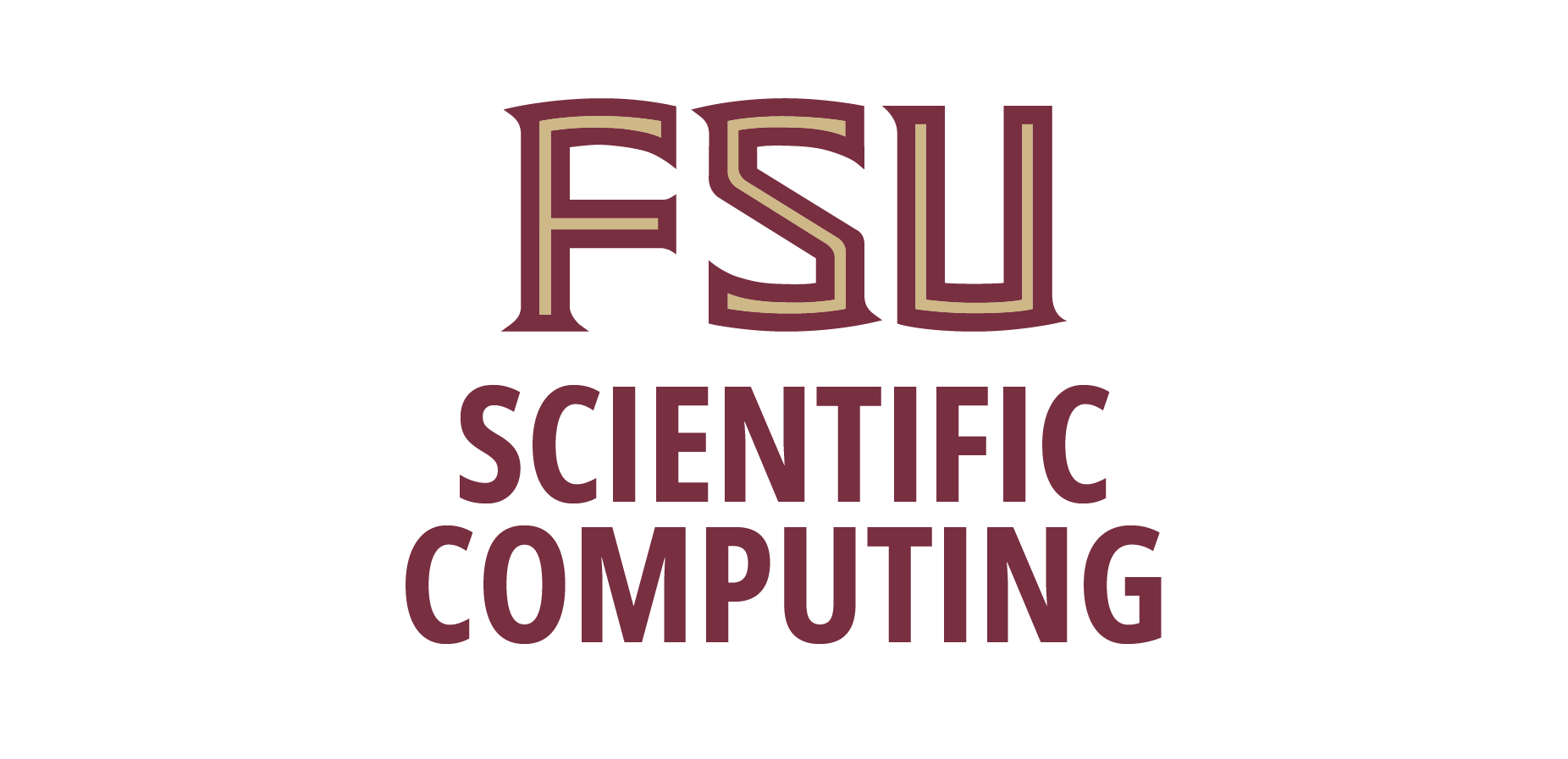
Professor Emeritus Michael Navon has always had a very wide research circuit. With formal training in mathematics, physics and meteorology, Navon used much of his career to apply sophisticated data, statistical and mathematical models -- advanced 4-D variational data- assimilation methods, large-scale minimization, ensemble Kalman filter methods, as well as others -- to study oceans, climate, weather, and atmosphere. Scholars from all over the world continue to seek his mathematical expertise and research acumen, and despite having retired years ago, he continues as senior scholar and chief scientist for projects in the U.S. and Europe.
In recent years, Navon became interested in Model Order Reduction (MOR), a technique for reducing the computational complexity of mathematical models in numerical simulations. It is closely related to the concept of metamodeling with applications in all areas of mathematical modelling.
“Many modern mathematical models of real-life processes are large and complex, so when they are used in numerical simulations, these factors pose challenges,” Navon said. “Model Order Reduction aims to lower the computational complexity of such problems, for example, by using simulations of large-scale dynamical systems and control systems. By reducing a model’s degrees of freedom, we compute an approximation to the equations of the original model. This is commonly referred to as a reduced order model.
“I started using MOR applications via POD [Proper Orthogonal Decomposition] and DMD [Dynamic Mode Decomposition – a dimensionality reduction algorithm that is data-driven i.e. works on data measurement without requiring knowledge of the model equations] during the latter part of my research career as a means of researching these very complex real processes.
“Given a time series of data, DMD computes a set of modes each of which is associated with a fixed oscillation frequency and decay or growth rate. For linear systems in particular, these modes and frequencies are analogous to the normal modes of the system, but more generally, they are approximations of the modes and eigenvalues of the composition operator [also called the Koopman operator].
“We say that DMD is data-driven.”
By using the inherent suppleness of mathematics, scholars can maintain and adaptably shift among multiple representations of numbers and problem-solving strategies. “Mathematics is the unique tool that allows elegant problem solving – it’s one of the many benefits of math’s built-in flexibility.”
A scholar of world renown, Navon continually demonstrates research is most effective when those with expert knowledge in different areas collaborate on a project of overlapping interest. The overlap allows for common ground, while the respective areas of expertise cover a greater “surface area” of possible knowledge brought to bear on a specific question.
“The benefits of scientific collaboration are numerous,” said Navon.
In the past few years, he added to his still growing catalog of research topics, having most recently undertaken subjects in machine learning and epidemiology. With those additions, one of his most recent publications adds to the body of knowledge on the world’s single most urgent global crisis: COVID-19.
“I was inspired to undertake epidemiology after reading a 2015 seminal article written by Proctor and Eckhoff and by the work of scientists at the University of Washington in Seattle. These studies of infectious disease data used Dynamic Mode Decomposition, and I wanted to try using that model. DMD can analyze snapshots of infectious disease data from experiments, numerical simulations, or historical records to extract coherent spatiotemporal patterns. Data collected from separate spatial locations can be formed into vectors representing state snapshots that evolve in time. Prof Bistrian developed an ingenious economical way to implement DMD- the Randomized DMD.
“The dynamic modes discovered by DMD allow for a number of interesting and relevant epidemiological interpretations of large-scale dynamic patterns of infectious disease spread. DMD can automatically identify the frequency content of time series. In addition to identifying oscillations, the dynamic modes associated with the related eigenvalues can indicate the relative phase of oscillation by examining the angle of each element in the dynamic mode, as shown in both flu and measles data examples. The phase information alone can be useful for allocating vaccine resources for the year, sending surveillance teams to monitor the disease, and time interventions to leverage natural disease dynamics.”
In “Application of deterministic and randomized dynamic mode decomposition in epidemiology and fluid dynamics,” Navon, along with other scholars, research whether a new methodology using non-intrusive data will yield more accurate predictions on the trajectory of virus spread. The authors use autoregressive ARIMA models to test their hypotheses.
Working with Professors Diana A. Bistrian and Gabriel Dimitriu, two Romanian university affiliates, Navon requested and received data from the World Health Organization (WHO). The data consisted of the number of COVID-19 infections registered daily between February 28 – May 18, 2020. This is an 80-day period that includes data from twelve countries, including the North American continent and Europe.
Using the adaptive randomized dynamic mode decomposition algorithm (ARDMD) the researchers identified the optimal rank for the mathematical model of the infection spread. They then used a small part of the raw data to initiate the predictive model and the remaining data to validate the prediction results.
This method is especially efficient in the case of large amounts of snapshot data.
The method is data-driven in that it does not require knowledge of the underlying governing equations, only snapshots of state and actuation data from historical, experimental, or black- box simulations.
“We demonstrate the method on high-dimensional dynamical systems, including a model with relevance to the analysis of infectious disease data with mass vaccination (actuation).”
Professor Navon has continued to study infectious disease in collaboration with Profs Bistrian and Dimitriu. You can see the breadth of his research at this link. For more on the Department of Scientific Computing, go to our website.

